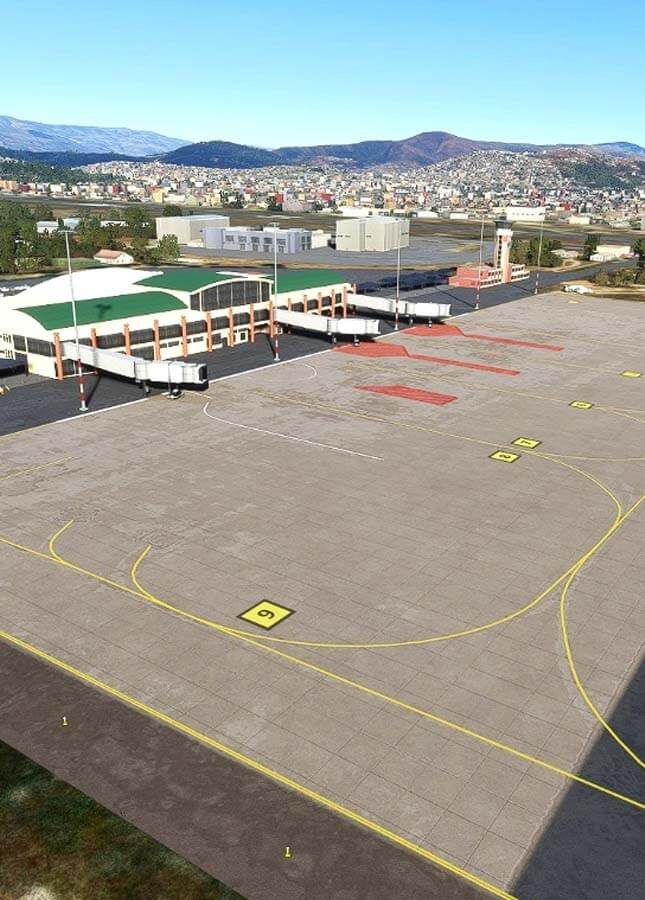1. Introduction
Cochabamba Jorge Wilstermann International Airport serves as a vital transportation hub in the heart of Bolivia, facilitating both domestic and international air travel. Named after the renowned aviator Jorge Wilstermann, the airport plays a crucial role in connecting Cochabamba, the fourth-largest city in Bolivia, to various destinations worldwide.
2. Location
Situated on the outskirts of Cochabamba, southwest of the city center, CBB offers convenient access via the busy RN4 highway. With its proximity to the Andes Mountains, flights experience breathtaking scenery during takeoff and landing.
3. History
Originally named “Llanqanata Airport,” CBB was inaugurated in 1947. In 1965, it was renamed in honor of Jorge Wilstermann, the first Bolivian commercial pilot. Over the years, the airport has expanded and modernized, becoming a crucial aviation hub for the region.
4. Facilities
CBB boasts a single modern terminal equipped with check-in desks, arrivals and departures halls, security checkpoints, and duty-free shops. Passengers can enjoy restaurants, cafes, and currency exchange services while waiting for their flights.
5. Airlines and Destinations
Boliviana de Aviación (BoA) operates as the airport’s main hub, connecting CBB to various destinations within Bolivia and South America. Other airlines like Amaszonas and LATAM offer additional domestic and international flights, expanding travel options for passengers.
6. Transportation Infrastructure
Taxis, car rentals, and public buses provide convenient transportation between the airport and the city center. On-site parking facilities cater to private vehicles. The proximity to the RN4 highway also allows for easy onward travel to other Bolivian destinations.
7. Cargo Facilities
CBB plays a significant role in Bolivian cargo transportation. Dedicated cargo terminals handle large volumes of goods, contributing to the country’s economic activity. The airport’s high altitude makes it ideal for the efficient transport of certain commodities.
